Here's a little story about us


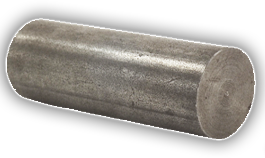
A standard router bit begins as no more than a piece of steel. Steel is purchased in 12-foot long bars and self-fed into a machine that cuts them to the appropriate length. As the cylinder-shaped pieces are cut, they are gathered and sent to the lathes.
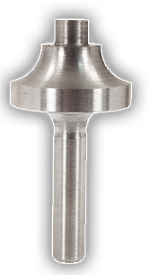
The lathes run each piece of steel with precision accuracy to shape the general form of the bit and create the shank. Every size and type of router bit has a program to provide the specifications of the tool being manufactured. The shaped piece of steel - or a blank - is then sent to the mills.


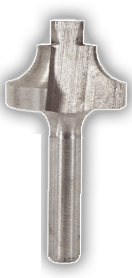
Mills are used to cut the flutes into the blank. A router bit will commonly have one to four flutes, all of them cut at this stage in the process.
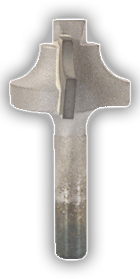
The steel then travels to the brazing station where the carbide is joined with the steel. Each piece of carbide must be placed along the form of the bit and then braized with extreme heat.

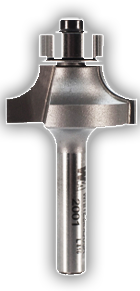
The final step in manufacturing a router bit is to sharpen the carbide. Each piece of carbide is ground by hand so that the sharpest edge can be formed. The finished bit is then sent to the shipping department for final assembly and dipped in a protective wax covering.